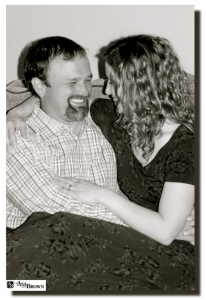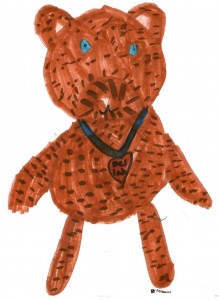I’m breaking out. Pimples galore- small ones, big ones, very angry red ones, shy white head ones, and everything else in between. I’m not happy! Something’s going on internally for my face to break out like this. There’s no winning. It’s a constant battle. I pop one, another appears. The one that I thought I popped and cleaned out completely then comes back with a vengeance. And so the weeks continue in this order; feel a pimple from under the skin, begin face wash routine, it comes to the surface, eventually pops, and then another arises. The strategy that I’ve taken on is one that is managing the pimples as they come up, and not a proactive one to ensure they don’t come up at all. One day, after pointing to a pimple that I thought I had popped, but really came back bigger and angrier, my boyfriend finally said, “These are stress pimples”. He was right, I wasn’t denying that. He was referring to both my work and home life stress. As supportive as he is, he understands that there are only so many ways he can be helpful and the rest is on me. Work and personal life stress were accumulating and both began to bleed into each other. I was struggling with the boundaries. Became very emotional, struggled to get through the day without breaking down into tears, started getting very snippy with those I loved and the pimples were showing no signs of retreat! I needed a new strategy! I began by breaking down the causes of distress into a pie chart; the bigger the slice, the more priority. Then I decided on which slice I would like to metaphorically eat first. I started with the smaller slices. Some slices required more processing than others, but as the weeks went on, I began to notice the pie was no longer whole, but had a couple of slices left. These slices have now become common every day struggles, you know, like what to have for dinner, or what outfit will I wear? When I began to dismiss some of the stressors as unimportant and took away its power to ally with my enemy, the pimples, the pimple army also seemed to diffuse. Now, I’m left with battle scars on my face. At the end, I’m the one that is still standing and smiling, wearing my scars proudly. By working to solve a problem only as it is happening can be progressive for a short period of time. We need to be proactive in order to ensure that the problem doesn’t come back at all, and if it does, nip it in the bud before it becomes an army of pimples.
By Bhavna Verma
*The views expressed by our authors are personal opinions and do not necessarily reflect the views of the CCPA



